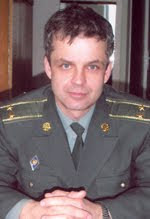A
government statement said the decision had been taken to protect Ukraine's
"national security". Hours earlier MPs rejected a bill that would
have allowed jailed opposition leader Yulia Tymoshenko to leave the country -
which the EU had demanded as a condition for the deal to proceed. Ukraine had
come under intense pressure from Russia not to sign the historic EU deal at a
summit next week. The Ukrainian government said on Thursday that it was instead
looking into setting up a joint commission to promote ties between Ukraine,
Russia and the European Union. Russian officials said they welcomed any
Ukrainian moves to foster closer relations. Russia wants Ukraine to join its
own customs union with Kazakhstan and Belarus, which it sees as a prototype
rival to the European Union.
The
EU's foreign policy chief Catherine Ashton called the decision a
"disappointment". "We believe that the future for Ukraine lies
in a strong relationship with the EU," she said in a statement. Ukraine's
President Viktor Yanukovych was later quoted by AFP as saying Ukraine
"will work further on this path... to EU integration" - although it
is not clear how this will now be achieved. Stefan Fuele, European commissioner
for enlargement, cancelled a trip to Kiev after news of the decision broke. He
had been due to travel to the Ukrainian capital for the second time this week
on Thursday. He tweeted that it was "hard to overlook in reasoning for
today's decision [the] impact of Russia's recent unjustified economic &
trade measures". Swedish Foreign Minister Carl Bildt went further, saying
Ukraine had "bowed deeply" to the Kremlin, which he accused of using
the "politics of brutal pressure".










